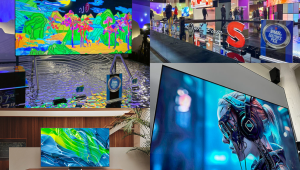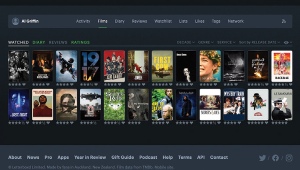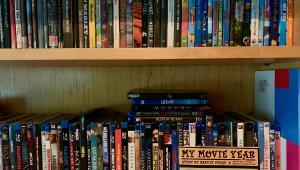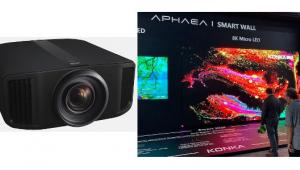In reference to the last paragraph, if one is going to watch HDR content on disc, lower light projectors and streaming services, i.e Netflix, Amazon and Youtube, as pointed out in a recent review, that is why the most recent rendition of 4K players from Panasonic(UB 820, 9000) with their HDR optimizer control is really a must which can compensate for much of the difference in various source HDR material.
Although from my limited experience and despite what seems to be a slightly brighter and slightly more intense color presentation, Dolby Vision sources unfortunately, negate those HDR adjustment capabilities on the player leaving only the monitor/projector as the sole source of any adjustments that can be made to the picture.
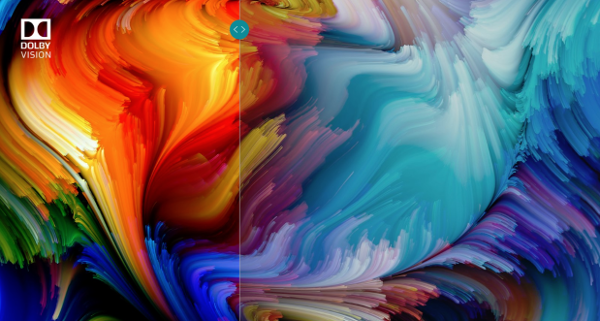
 As someone who has spent the past two-plus decades writing about and reviewing TVs, projectors, and associated gear, I have to say that the addition of high dynamic range to video is among the more impressive developments I’ve encountered. Not since high-definition TV took over the airwaves back in 1999 and then made its way to Blu-ray (and HD DVD) discs a few years later have video enthusiasts been treated to such a massive leap in visual quality. Oh right, there was the launch of Blu-ray 3D back in 2010, a format that required a new player and TV, goggles, and a 50 percent hit in screen brightness, but…oh, never mind.
As someone who has spent the past two-plus decades writing about and reviewing TVs, projectors, and associated gear, I have to say that the addition of high dynamic range to video is among the more impressive developments I’ve encountered. Not since high-definition TV took over the airwaves back in 1999 and then made its way to Blu-ray (and HD DVD) discs a few years later have video enthusiasts been treated to such a massive leap in visual quality. Oh right, there was the launch of Blu-ray 3D back in 2010, a format that required a new player and TV, goggles, and a 50 percent hit in screen brightness, but…oh, never mind.


